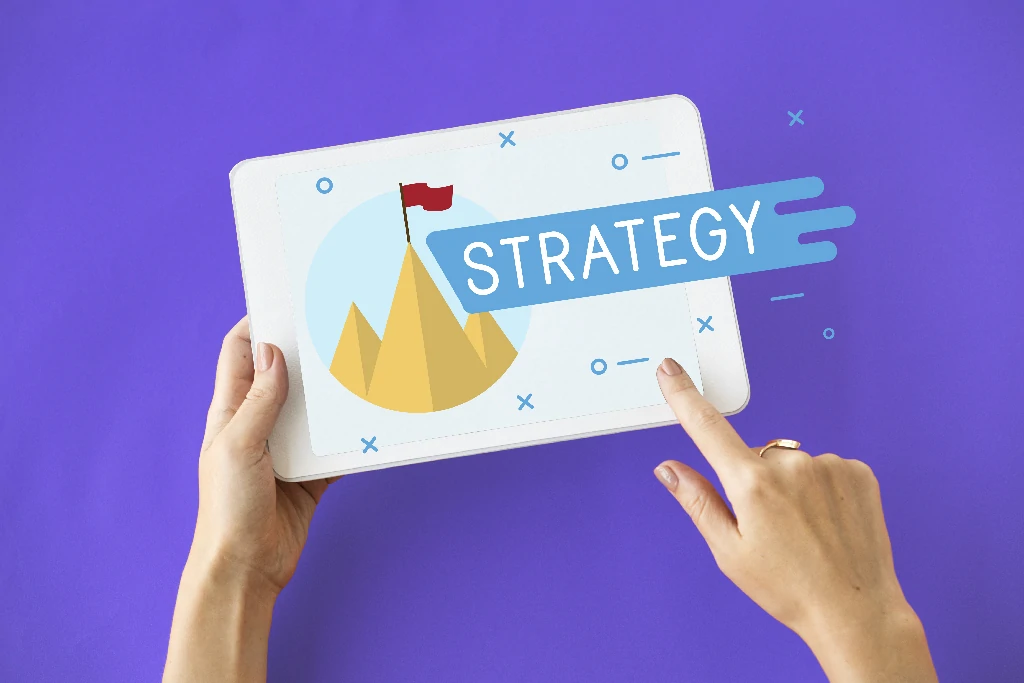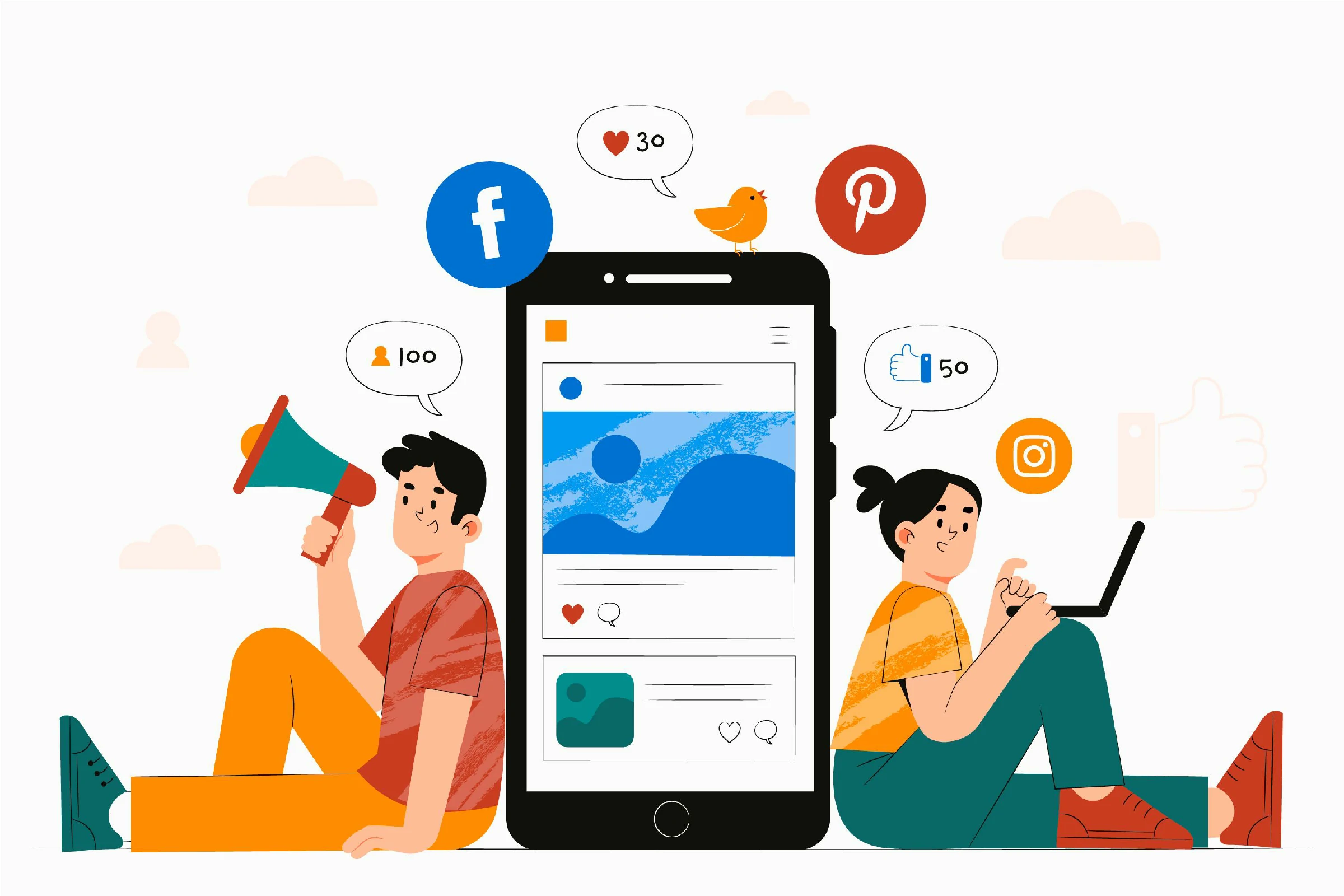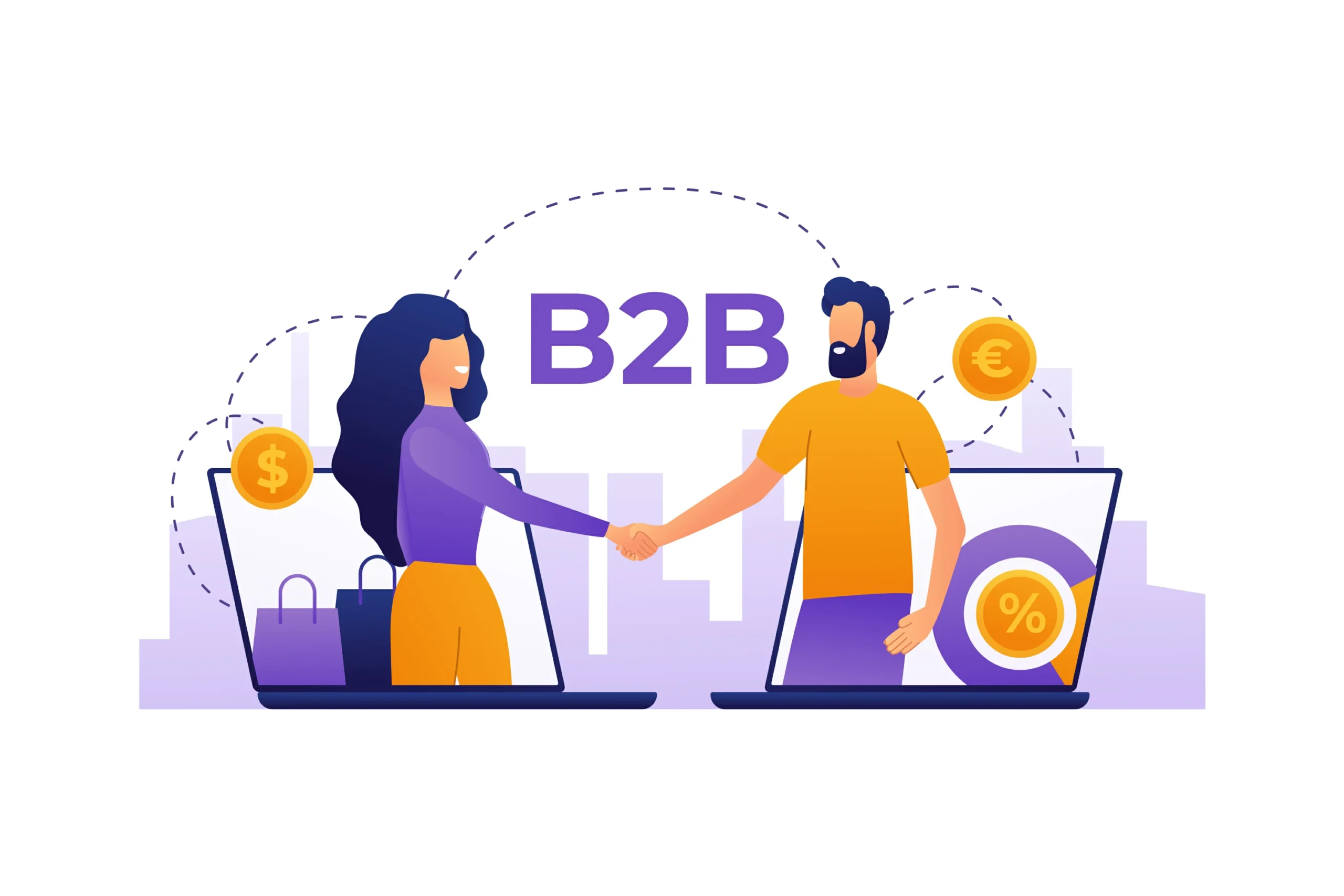What are five marketing strategies that retailers spend half of their annual budget on?
In today’s competitive retail landscape, marketing is not just about selling — it’s about building relationships, creating experiences, and driving loyalty.
According to industry reports, retailers spend nearly half of their annual marketing budgets on just five core strategies that combine technology, data, and customer insight.
These strategies go beyond traditional advertising — they shape how consumers discover, interact with, and trust retail brands both online and offline.
1. Digital Advertising and Paid Media (≈ 25–30% of Budgets)
The largest slice of retail marketing budgets goes into digital advertising — including:
Google Ads (Search & Display)
Meta (Facebook/Instagram) Ads
YouTube and TikTok campaigns
Retail media networks (e.g., Amazon Ads, Walmart Connect)
These platforms allow precise targeting and real-time tracking of user behavior, enabling retailers to reach customers across devices and measure ROI.
Cross-site tracking and AI-driven ad automation have made campaigns even more effective, although privacy regulations like GDPR and Google’s cookie phase-out are reshaping how data is used.
Pro Tip: Combine first-party data with Google’s Privacy Sandbox solutions to maintain personalization while respecting user privacy.
2. Social Media Marketing and Influencer Partnerships (≈ 15%)
Retailers are shifting from pure advertising to authentic engagement.
Platforms like Instagram, TikTok, and YouTube are driving social commerce, where discovery, influence, and purchase happen in the same app.
Influencer marketing remains a dominant spend category, with brands collaborating with micro-influencers who deliver higher engagement and trust.
💡 Example: Fashion retailers invest heavily in “shop-the-look” influencer videos and TikTok challenges that lead directly to sales pages.
3. Loyalty and Retention Programs (≈ 10–15%)
Acquiring new customers is expensive — retaining them is smarter.
Retailers dedicate major budgets to loyalty programs that encourage repeat purchases and data collection through:
Rewards points
Exclusive discounts
Personalized offers
AI-driven analytics help tailor these programs, predicting churn and increasing lifetime value (LTV). According to Google’s helpful content principles, transparency and customer-first strategies enhance trustworthiness (T) — a key E-E-A-T factor.
4. Email and CRM Automation (≈ 10%)
Despite being one of the oldest digital channels, email marketing remains a high-ROI strategy — generating up to $36 for every $1 spent (DMA, 2025).
Retailers use CRM tools like HubSpot, Klaviyo, and Salesforce Marketing Cloud to send segmented, personalized emails based on browsing or purchase history.
Automation ensures consistent communication throughout the buyer journey — from abandoned-cart reminders to seasonal campaigns — helping brands stay top of mind.
5. Data Analytics and AI-Powered Personalization (≈ 10%)
Modern retailers see data as their most valuable asset.
They invest heavily in AI marketing platforms that analyze customer behavior, predict trends, and recommend products in real time.
With the rise of Google’s AI search experiences (AI Overviews), content and ads now need to be original, useful, and contextually relevant, rewarding retailers who invest in meaningful, data-driven strategies.
AI also helps optimize pricing, forecast demand, and improve online merchandising — all while ensuring compliance with Google’s people-first content philosophy.
Bonus: Omnichannel Experiences
Retailers are increasingly merging online and offline experiences:
Click-and-collect services
Mobile apps with in-store integration
QR-based promotions and AR shopping tools
This omnichannel approach ensures seamless transitions across touchpoints, boosting engagement and brand loyalty.
Strategic Spending for Long-Term Growth
Retailers spend nearly half of their annual marketing budgets on these five areas because they deliver measurable results and future-proof brand equity.
From paid media to AI-powered personalization, these investments reflect a shift from promotion to connection — turning every click and interaction into a long-term relationship.
As Google’s Search Quality team emphasizes, success depends not on how much you spend, but on how helpful, trustworthy, and people-centered your strategy is.
References
Retailers typically allocate around 50% of their annual marketing budgets to five main strategies:
Digital advertising and paid media (Google, Meta, Amazon)
Social media and influencer marketing
Loyalty and retention programs
Email and CRM automation
Data analytics and AI-driven personalization
These areas deliver measurable ROI and long-term brand value, combining performance with customer trust and experience.
The single largest expense for most retailers is digital advertising, including Google Ads, social media campaigns, and retail media platforms. This typically represents 25–30% of total annual marketing spend.
Retailers assess ROI through conversion tracking, customer lifetime value (LTV), and multi-touch attribution models. Advanced analytics and AI help link campaign data across online and offline sales for a full performance picture.
Social media platforms like Instagram, TikTok, and YouTube drive discovery and direct sales through social commerce. Retailers partner with influencers and create shoppable content to build community and generate higher engagement rates.
AI drives personalization, automation, and predictive analytics. It helps retailers understand consumer behavior, recommend products, and forecast demand — all while improving the customer experience and maintaining privacy.
Loyalty programs and personalized offers are the most effective tools for retention. They reward customer loyalty, encourage repeat purchases, and strengthen long-term relationships.





